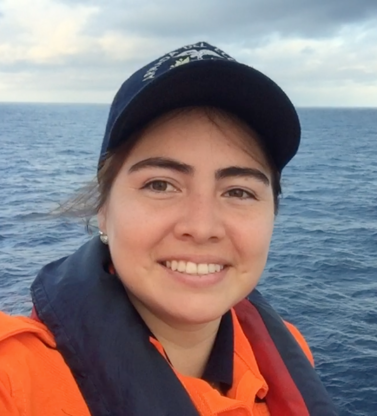Thèse de doctorat Isabel GARCIA AREVALO (2020-2023)
Ecole doctorale : Végétal, animal, aliment, mer, environnement (VAAME)
Responsable scientifique : Joël Knoery (Ifremer, RBE/CCEM)
Co-superviseur : L.E. Heimbürger-Boavida (AMU), D. Point (CNRS)
Titre de la thèse : Uptake, bioconcentration and biomagnification of mercury into phyto- and zooplankton
Context
Seafood and especially marine fish are the primariy source of toxic monomethyl-Hg (MMHg) in Europeans. However, the processes responsible for MMHg production within marine ecosystems remain poorly quantified an understood. Possible pathways include abiotic, microbial, and/or planktonic MMHg production. This ESR will study the role of marine particles, both living and non-living for marine MMHg production. All planned experiments are designe to mimic natural conditions as closely as possible and will be realized in mesocosms located at the Atlantic and Mediterranean coast. Laboratory experiments may also be necessary.
Objectives and Methodologies
The ESR will examine Hg and MMHg sorption and uptake rates onto/into a selection of marine particle types, including non-living particulate organic matter, microbes, phyto- and zooplankton. This work will be realized with dedicated, controlled experiments, both in the laboratory and in mesocosms at coastal sites. This ESR will use state-of-the-art techniques, including analytical isotope tracing methods, to deconvolute Hg and MMHg dynamics. In parallel the ESR will work on data from French Atlantic coastal field sampling campaigns. The mesocosm and field studies will be conducted in collaboration with ESR4 and ESR7 to cover three contrasting environments and their land to sea continuums (Atlantic Ocean, Mediterranean and Baltic seas).
Expected Results
Having generated original, new Hg speciation data and uptake rates between different marine particle size classes ranging from field-flow fractionated organic matter, bacteria- and phyto-, and zooplankton, the ESR will author 2 publications and contribute to a joint paper defined in D2.1.2.
Planned secondment(s)
With co-advisors: CNRS (D. Point), 2 months, isotope tracing analysis collaboration with ESR3 (joint paper); AMU (L. E. Heimbürger-Boavida), 1 month, to review, compare, and evaluate results obtained by ESR6 with data of ESR4;
With partners : Hereon (J. Bieser), 1 month, to test newly obtained data within model developed by ESR13.


